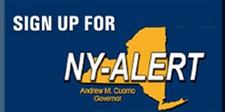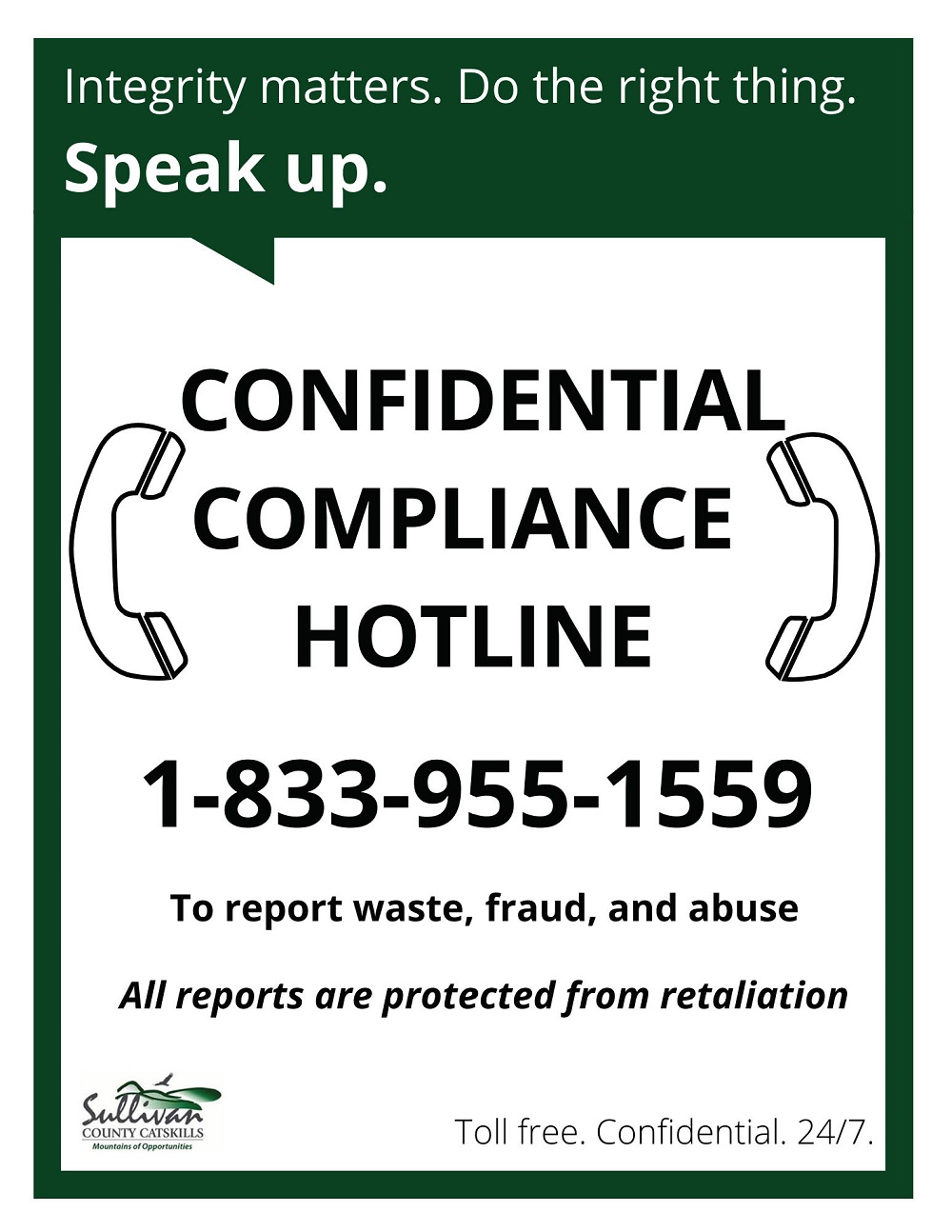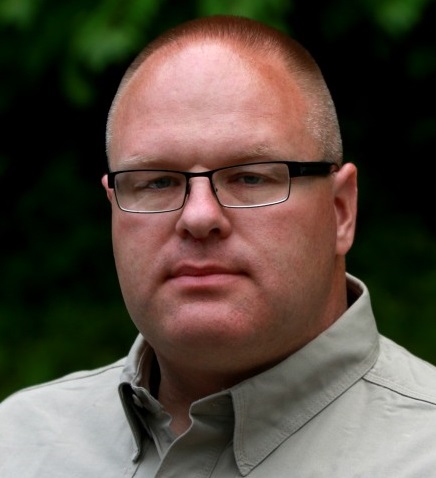Mission Statement
To provide all residents of and visitors to Sullivan County with professional, expedient and efficient 911 dispatch services for all fire, EMS and police emergency calls.
To answer all non-emergency calls promptly, professionally and courteously and either resolve the callers issue or refer the caller to the appropriate person or agency that can resolve the issue.
How 911 Works In Sullivan County
Most of us take this important task for granted; a guarantee that someone else will be there on the other end of the phone, ready to help at a moment's notice. As simple as it may seem, the system of 911 is very sophisticated. Lets take a look at what happens when you call.
Most phones have the capability to dial into 911. When you dial into 911:
- The signal goes to the phone company's database.
- There, it finds out the information that you supply the phone company when you start your service. This is why it is important to update your address record with your phone company if or when you move.
- Then your signal, along with the address information, is sent to us in the form of Automatic Name and Location information (ANI/ALI).
Sullivan County 911 is also Phase II compatible with all major cellular telephone companies. This means, after ten seconds we can send a signal to your phone to request your GPS coordinates. With most cellular carriers we can determine your location to within about 50 feet.
The Telecommunicator answering your 911 call is highly trained and determines the type of service needed using a proven and efficient interview process. They provide initial help if necessary and then immediately dispatch the appropriate emergency agency to assist you. In many cases while one telecommunicator is on the phone with you, another is already dispatching help to your location. Sullivan County 911 dispatches 40 fire companies, 16 ambulance services and 10 Law Enforcement agencies to emergency calls.
911 is the first link in the medical survival chain, providing Pre-Arrival instructions to callers with a medical emergency. Critical procedures such as CPR, airway management and childbirth, just to name a few, can be started before more advanced help arrives.
The Telecommunicator uses a Computer Aided Dispatch terminal. Together with a computer based telephone interface, information about the caller's location and phone number is available for verification by the Telecommunicator. At the same time sophisticated mapping software plots your location on a map along with aerial imagery and other map data.
A Telecommunicator is a public safety employee who asks questions to determine the who, what, where, how and why (as well as the what should/can/might be done) in a multitude of circumstances, in which the caller often mistakenly assumes that the answers are obvious. The Telecommunicator knows that action taken based on incomplete or inaccurate information can endanger callers, victims and the responders.
That is why he or she must make sure answers to questions are clear, complete and precise. If an answer is "far," for example, the Telecommunicator must ask: "how far?" If an altercation is at the "door," the Telecommunicator must ask: "Which door?" and "How many doors are there?" You can help by being as precise and exact as possible when providing information during a 911 call.
Once the Telecommunicator has the necessary details they will let you know when you can hang up. Depending on the circumstances, the telecommunicator may remain on the phone with you until help arrives.
Please be aware, there are sometimes calls made to 911 which are NOT considered to be emergencies. It is important to review examples of inappropriate calls to prevent tying up emergency lines
Links
APCO - Association of Public-Safety Communications Officials-International, Inc.
NENA - National Emergency Number Association
New York State 911 Coordinators Association
FCC - Federal Communications Commission




